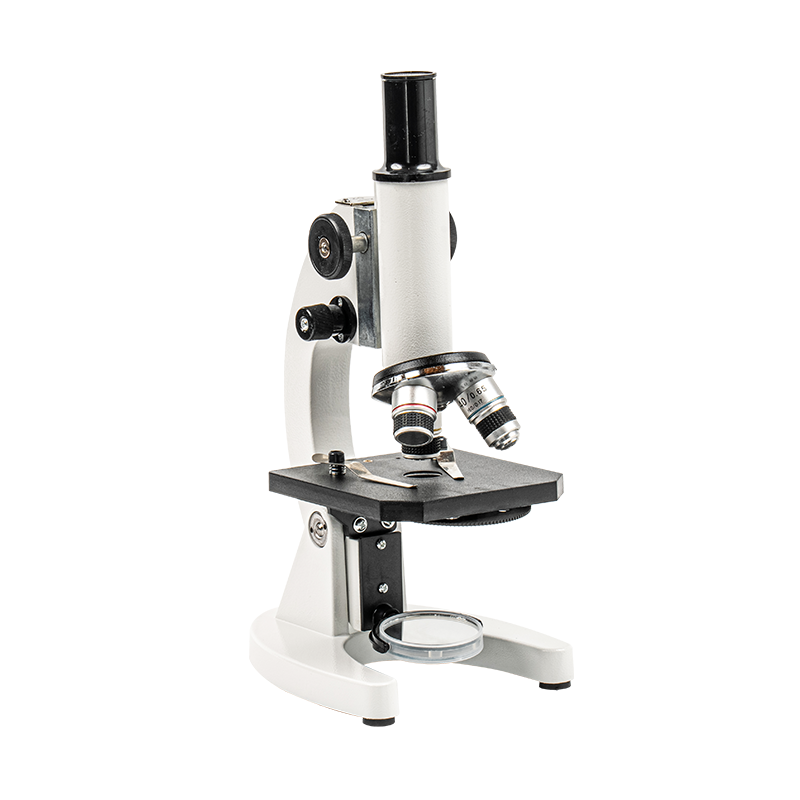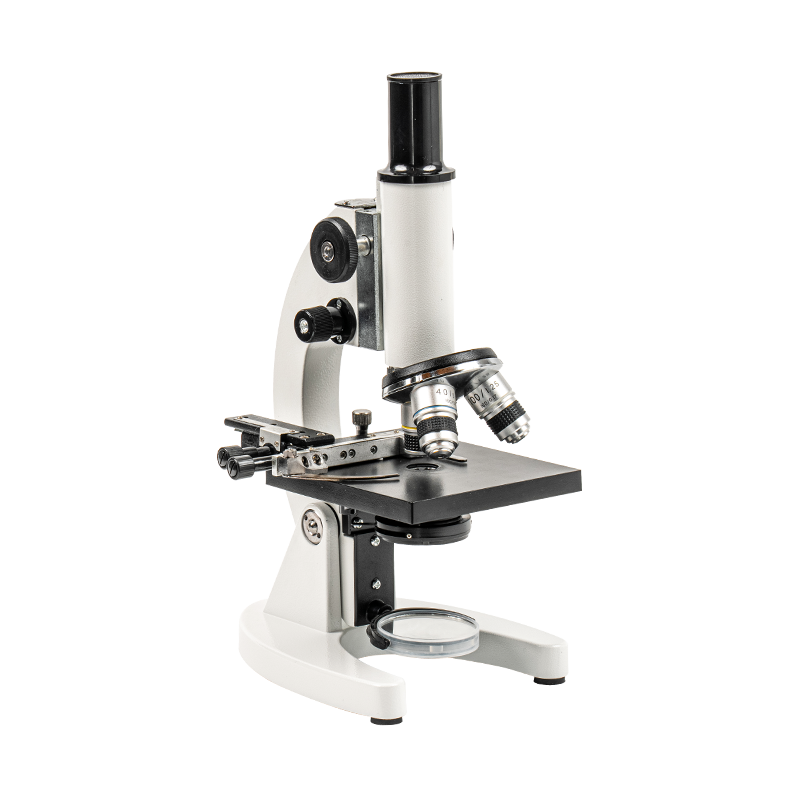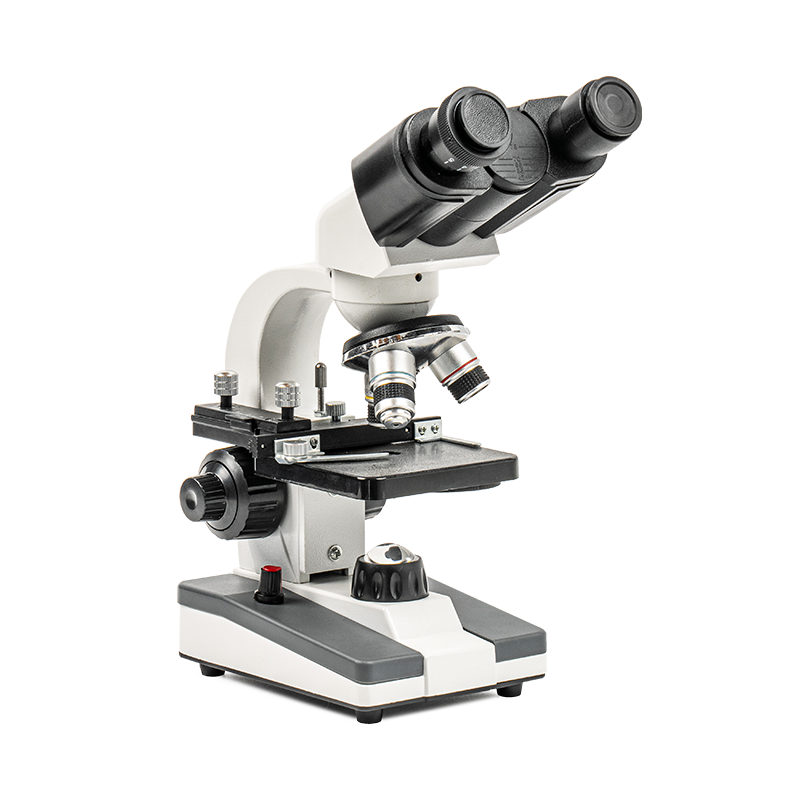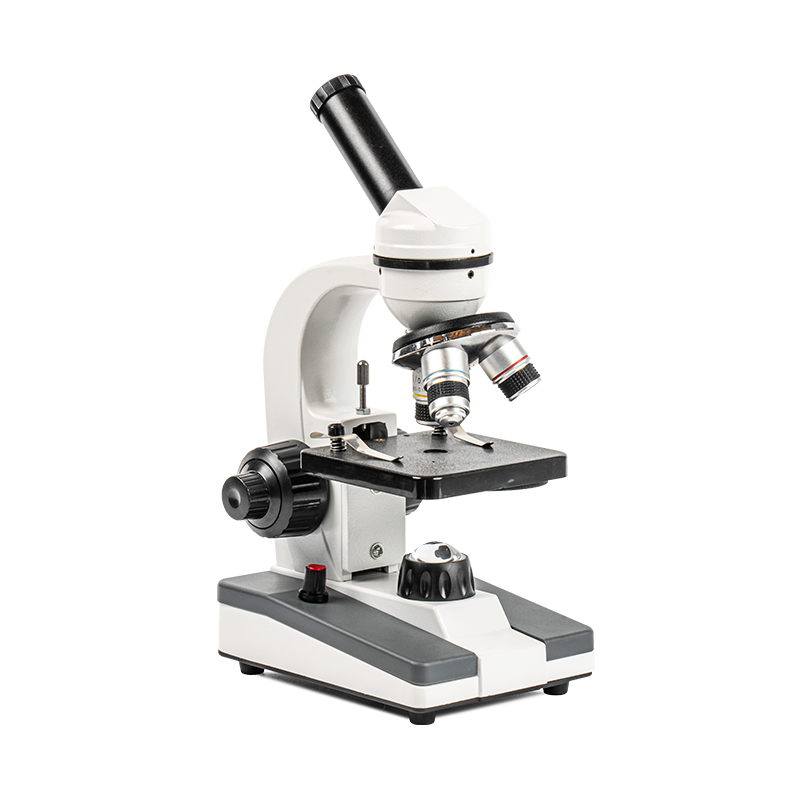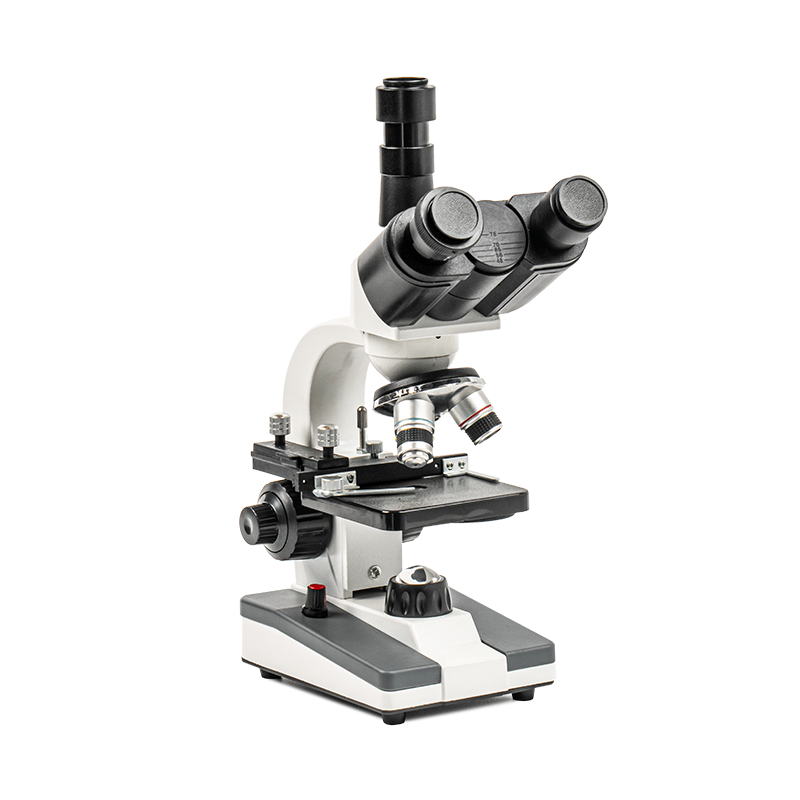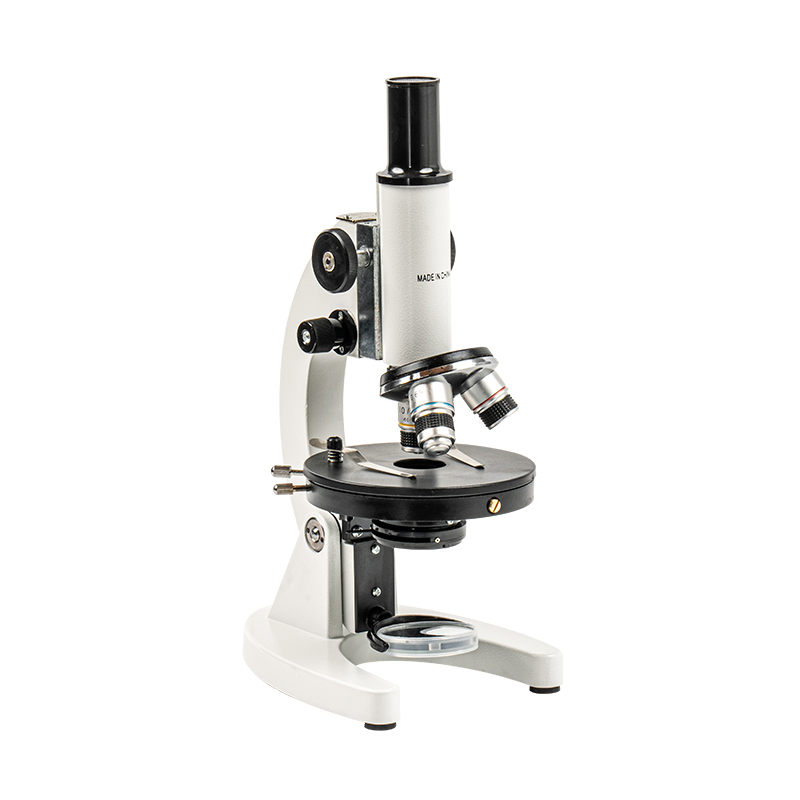With the increasing global attention to environmental protection and ecological balance, environmental science research has made significant progress in various fields. In order to gain a deeper understanding of the microscopic changes in the natural environment and ecosystem, researchers are constantly seeking more precise and efficient technical tools. Among these tools, the stereo microscope 20-40x is gradually becoming one of the indispensable equipment in environmental science research with its unique technical advantages.
Content
Technical advantages of 20-40x stereo microscope
The design of stereo microscope 20-40x is particularly suitable for observing the microscopic structure of samples, especially when the three-dimensional structure of objects needs to be clearly presented. Compared with traditional optical microscopes, the outstanding advantage of stereo microscopes is that they can provide three-dimensional stereo images, allowing observers to see the depth and details of samples more accurately. The following are several key advantages:
1. Three-dimensional stereoscopic vision: stereo microscope 20-40x realizes three-dimensional images through a binocular observation system, which greatly improves the intuitiveness and accuracy of observation. For ecological samples in environmental science, especially those complex biological or soil samples, stereo microscopes can provide researchers with more realistic three-dimensional data. This allows researchers to clearly view the morphology, structure, and spatial relationship of objects, thereby obtaining more information.
2. High depth clarity: The microscope can accurately present the depth structure of the sample while ensuring resolution. The 20-40x magnification allows the microscope to deeply analyze soil particles, microorganisms in water samples, plant roots, etc., helping researchers to grasp the details at the microscopic level.
3. Wide field of view: The stereo microscope 20-40x has a wide field of view, which is particularly important when dealing with large-scale samples. Compared with high-power microscopes, researchers can see more content in one field of view, making observations more comprehensive.
4. Easy operation and high stability: The stereo microscope 20-40x is simple in design, suitable for long-term operation without causing visual fatigue. Its high stability means that it can adapt to long-term monitoring and research work, providing strong support for repeated experiments in environmental science.
| Specification | |
| Total magnification | 20X-40X |
| Objective Zoom Range | 2X-4X |
| Wide Field Eyepiece | WF10X |
| Working distance | 57mm |
| Interpupillary Distance | 55-75mm |
| Diopter adjustment | The left ocular-tube with diopter adjustment ±5dp |
| Viewing head | 45°inclined binocular head with locked-in eyepiece |
| Power | 220V,50Hz |
| Illumination | Incident/Transmitted100V-240V/ Halogen lamp 220V/110V ( LED lamp optinal) |
The application of 20-40x stereo microscope in environmental science
The technical advantages of stereo microscope 20-40x make it have extremely broad application prospects in environmental science. The following are several typical application areas, showing its important role in environmental monitoring, pollution analysis, ecological protection, etc.
Water quality monitoring and pollution analysis
Water quality is one of the basic and key areas in environmental science research. Microorganisms, plankton, algae, etc. in water bodies are crucial to the health of ecosystems. By using stereo microscope 20-40x, researchers can observe microscopic organisms in water samples in detail and reveal the current status of water ecosystems.
In water pollution analysis, stereo microscopes are particularly good at analyzing tiny pollutants in water, such as plastic particles, heavy metal particles and other chemical pollutants. Traditional detection methods often cannot effectively identify the morphology and distribution of these tiny pollutants, while stereo microscope 20-40x can clearly present the structure and size of pollutants, helping researchers better assess the impact of pollution on water ecology.
For example, microscopes can evaluate the changing trend of water quality by monitoring the plankton population in the water body. Different types of plankton have different sensitivities to changes in water quality. By observing their state changes, signs of water pollution can be discovered in time.
Soil analysis and pollution control
Soil health directly affects plant growth and the stability of the ecosystem. Soil analysis is one of the core parts of environmental science research. Stereo microscope 20-40x can help researchers analyze the particle structure, microbial community and pollutant distribution of the soil by observing the microscopic structure of the soil.
For example, in the study of agricultural soil, stereo microscopes can help researchers identify pollutants such as harmful heavy metal particles and pesticide residues in the soil, and analyze their effects on soil health and microbial communities. In the field of environmental protection, stereo microscope 20-40x also plays an important role. Researchers use microscopes to analyze changes in microbial activity in contaminated soils to evaluate the effectiveness of soil remediation programs.
In addition, the analysis of microbial communities in soil is also very dependent on microscopes. Stereo microscopes can clearly present the types and numbers of microorganisms in the soil, thus helping scientists analyze the impact of soil pollution on microbial communities and guiding soil remediation and governance.
Plant Ecology Research
Plant ecology research focuses on the interaction between plants and the environment. Stereo microscope 20-40x plays an irreplaceable role in the study of plant roots, leaves, stems and other tissues. Through the microscope, researchers can carefully observe the changes in the microstructure of plants under different environmental conditions and reveal how plants adapt to harsh environments such as drought and saline-alkali soil.
For example, the root system is a key part for plants to obtain water and nutrients. The stereo microscope 20-40x can help researchers observe the growth status, branching structure and interaction between the roots and soil of plant roots. In the field of ecological restoration, microscopes can provide researchers with valuable data on how plants recover in damaged environments.
Biodiversity Monitoring
Biodiversity is an important indicator of ecosystem health. The core of biodiversity monitoring lies in the accurate identification and classification of species populations. With its high-precision observation ability, stereo microscope 20-40x can help researchers to classify small organisms such as insects and microorganisms in detail, providing an important basis for biodiversity monitoring.
For example, stereo microscopes are particularly important in insect taxonomy research. By observing the appearance characteristics and structural details of insects, researchers can accurately identify different species and then evaluate their population size and ecological role. This is of great significance for protecting endangered species and restoring ecological balance.
Future development and challenges
Although the application prospects of stereo microscope 20-40x in environmental science are broad, it still faces some challenges and development directions:
1. Improve resolution and imaging accuracy: With the increasing complexity of environmental samples, the demand for microscope imaging accuracy and resolution is also increasing. In the future, stereo microscope 20-40x needs to further improve its resolution to meet the observation needs of more subtle samples.
2. Intelligence and automation: With the rapid development of artificial intelligence and automation technology, future stereo microscopes may combine functions such as intelligent image processing, data analysis and automated sampling to greatly improve work efficiency and reduce the workload of researchers.
3. Reduce costs and popularize applications: At present, the cost of stereo microscope 20-40x is relatively high, which limits its widespread application in some scientific research institutions. With the advancement of technology, the production cost of microscopes is expected to gradually decrease, allowing them to be promoted in more fields.

 English
English Español
Español عربى
عربى 中文简体
中文简体
